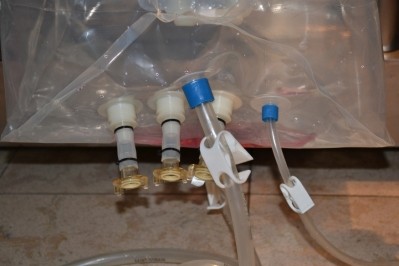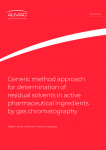The quest for more understanding is behind the single use boom: Pall and Thermo Fisher

Citing Aspen Brook’s annual survey of the bioprocessing market for single use, Rawlings said that there were no companies using the tech for fill and finish activities in 2010, but that by 2011 54 per cent were using it in their systems.
He said the boom is a result of a better industry understanding of leachables and extractables.
Speaking to in-PharmaTechnologist.com at this year’s Achema in Germany, Rawlings – Pall’s biopharma product manager – said: “The biggest barrier for single use in the past would probably have been understanding of the requirements for extractables and leachables.
“People’s knowledge levels of the users, the suppliers and the regulators have increased significantly in that area, and that has given people the confidence to implement it on higher ends of the process.”
He added that regulatory pressures on users to present data about the implementation of single use technology has been a big driving factor behind the quest for a greater understanding.
Rawlings also said that though most application for single use lie in clinical and pilot areas, filling has embraced the platform for larger production lines. “Because you’re on the far end of process where the volumes are quite small anyway, filling fits very well with single use technologies,” he said.
Changes in the lab
Going back to Aspen Brook’s survey, Rawlings also remarked a rise of disposable equipment for centrifugation – which saw a more modest incline of two per cent in 2010, to 27 per cent in 2011.
However, he predicted the rise has now hit a ceiling because it is too pricey to produce the large disposable bottles needed for big scale separation.
“My personal opinion would be that centrifugation tends to be in the upstream area of the process, volumes tend to be quite large,” he said.
When in-PharmaTechnologist.com asked ThermoFisher’s product specialist for centrifugation Ulrich Schleiswhether this was the case, he confirmed that producing big tubes of enough quality cheaply is a problem.
But he added there could be a light at the end of the tunnel, predicting further developments over the next five years.
He added: “I guess many customers have problems with cleaning the tubes and saving costs, but the single use tubes are always clean enough and always ready to go.”



















